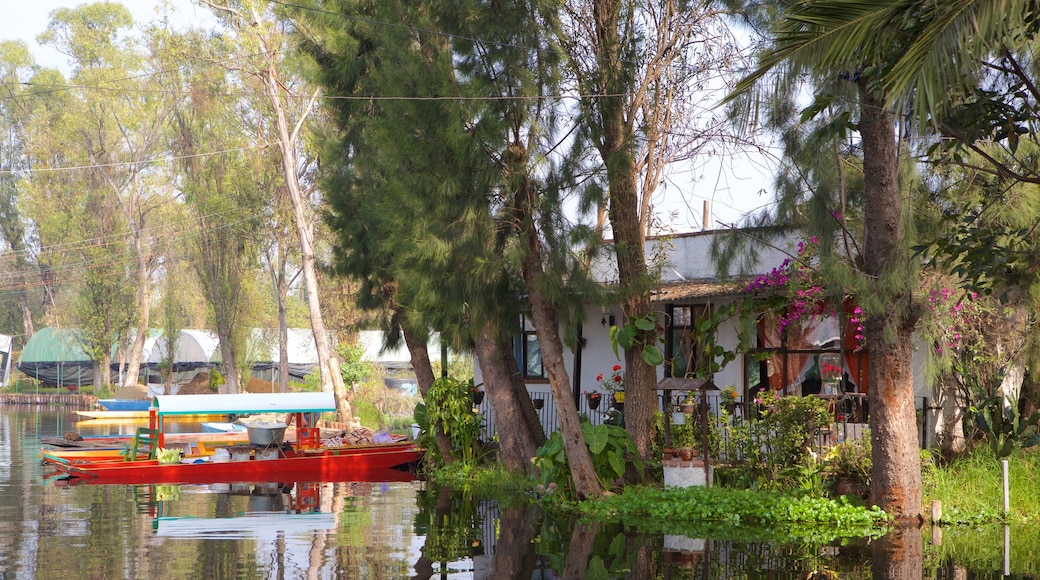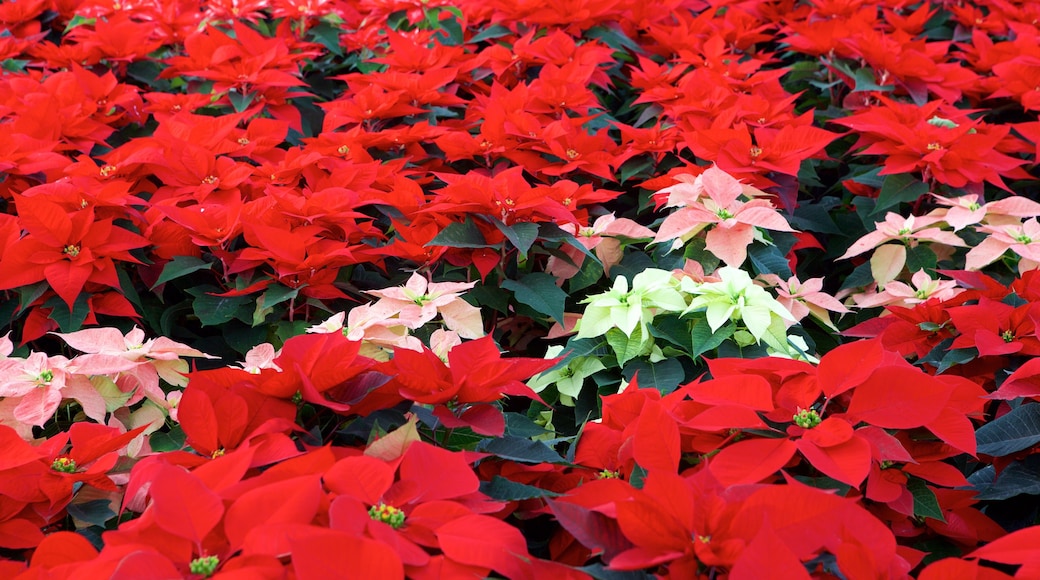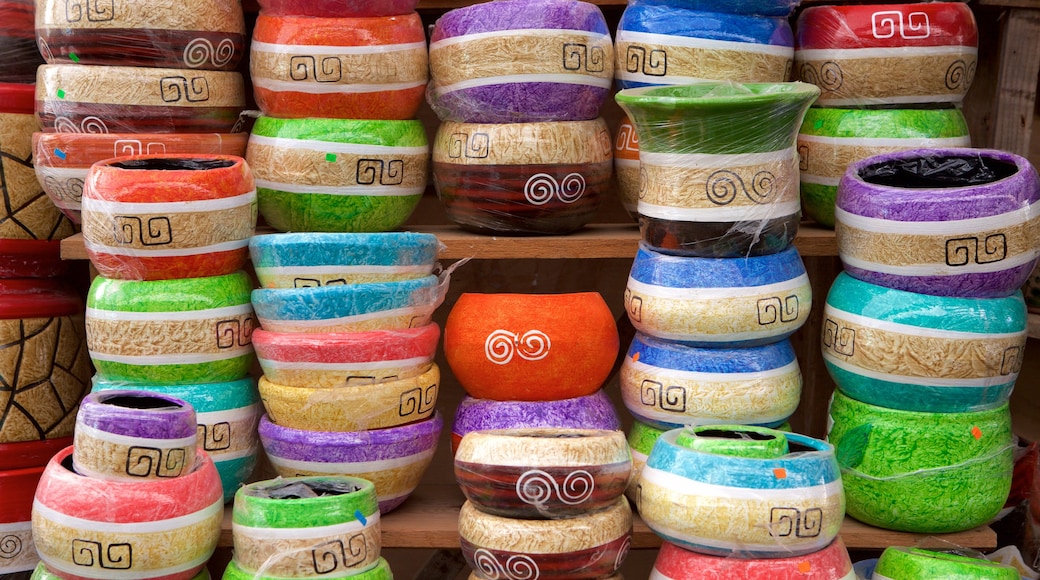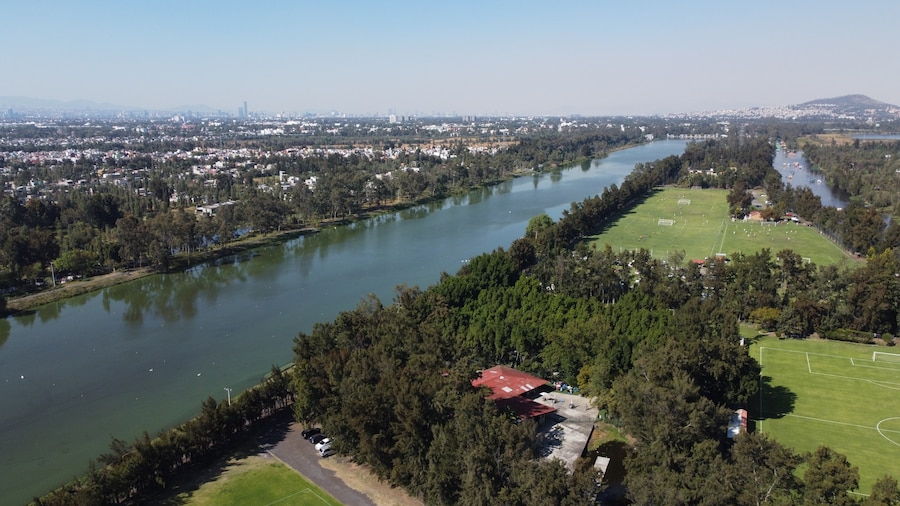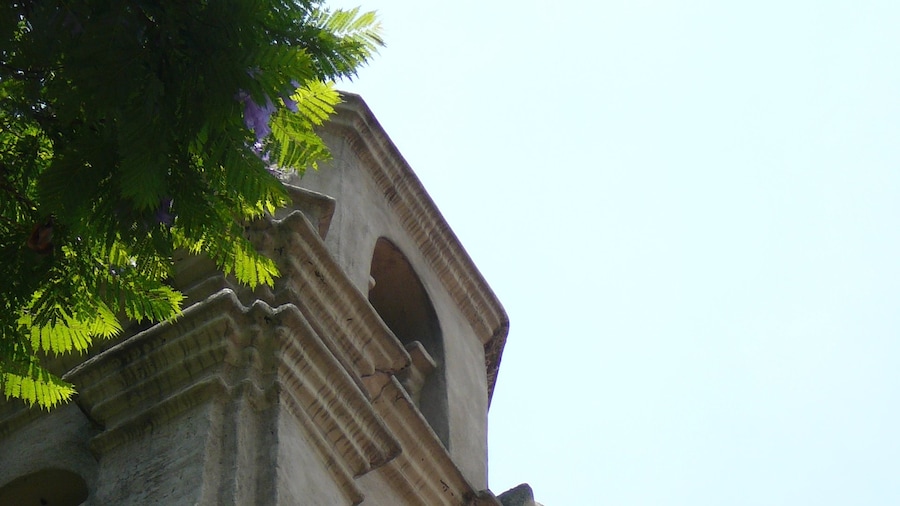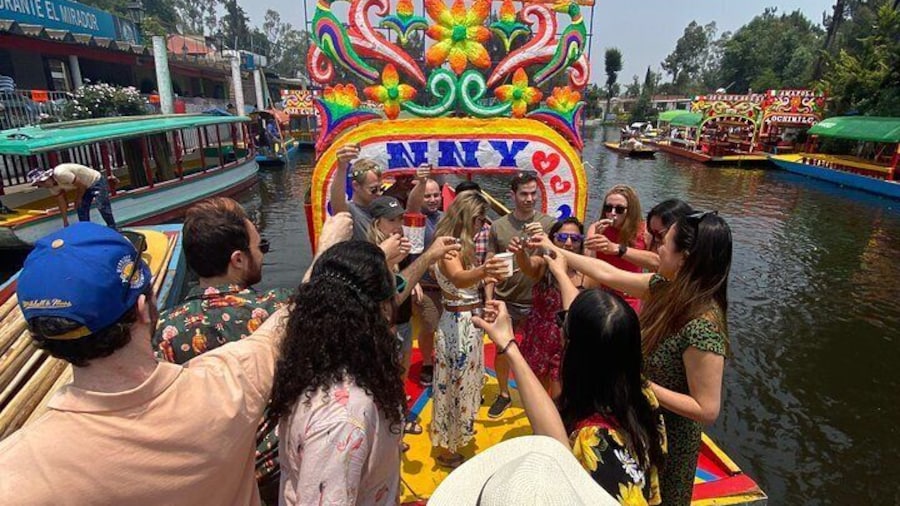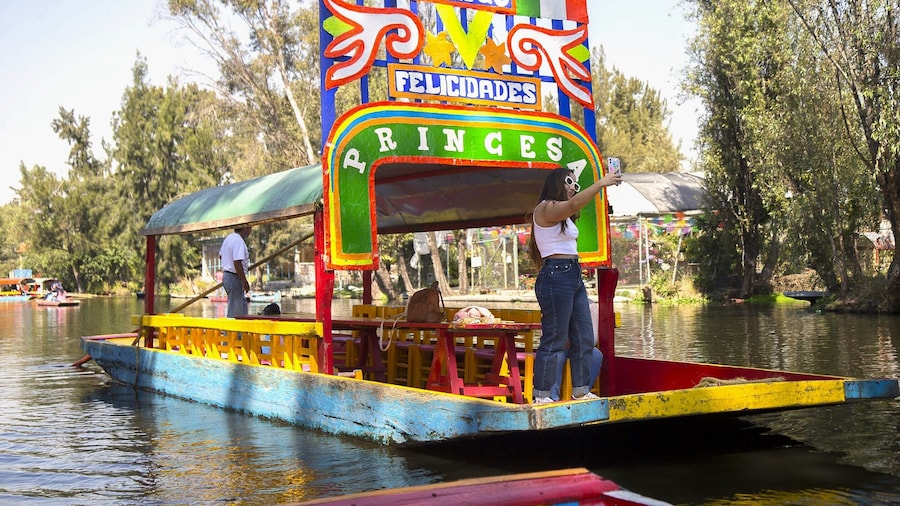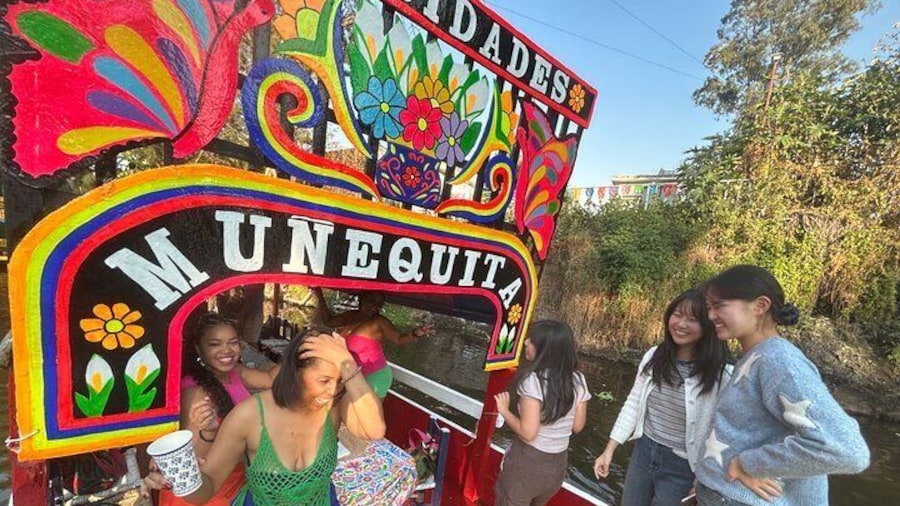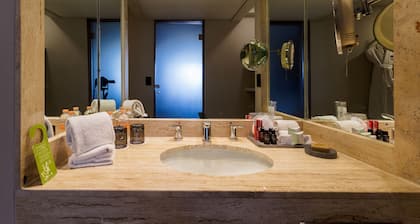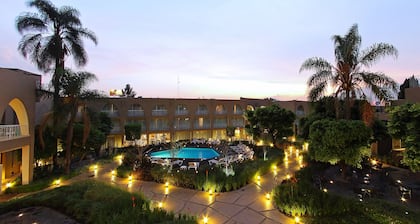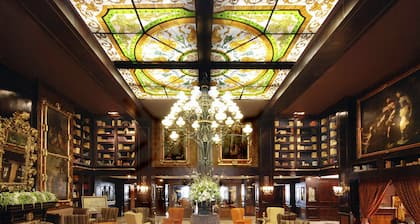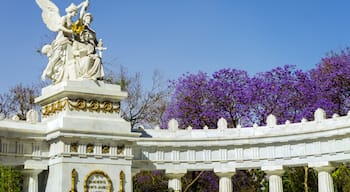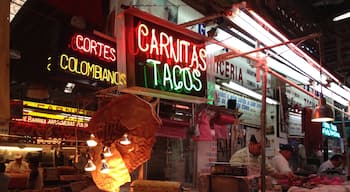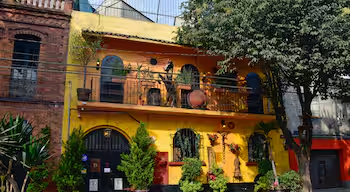The Aztec people of Mexico built Xochimilco as a lake-based society in the Valley of Mexico. While invading Spaniards built Mexico City atop the Aztec capital of Tenochtitlan, destroying many artifacts, they spared the lake area south of the city. In this UNESCO heritage site, see the canals and colorful gardens that remain from ancient pre-Hispanic times.
The Xochimilco area has been a major agricultural area for centuries. Its warm weather, fertile soil and adequate water provide a very long growing season. At one time boat travel was possible between Mexico City’s historic center and Xochimilco. The large lake near the city was drained, however, leaving only the local Xochimilco canals with chinampas or small farmed islands, vestiges of Aztec lifestyle. Look for these verdant spaces that appear to be floating gardens.
Many Mexico City residents escape the city on weekends to enjoy recreational activities in these pleasant surroundings. Bring your family to the canals to rent a trajinera or gondola for a day of relaxing on the water amid pretty natural surroundings, lively music and colorfully decorated boats and costumes.
On dry land north of the canals, visit the Convent of San Bernardino, a nicely preserved 16th-century chapel from the era of Spanish viceroyship. Look for several other small chapels from the same time in history.
Travel to the lake and canals of the Xochimilco Ecological Park to see a planned conservation area with numerous species of plants and wildlife. Birdwatching is popular here. Purchase flowers or plants from the Cuemanco Plant Market across the street from the park. The nearby Dolores Olmedo Museum has a large collection of artworks by Diego Rivera and Frida Kahlo.
Xochimilco is less than 20 miles (30 kilometers) southeast of Mexico City. Ride the metro toward Tasqueña station. Be aware that the canal area can be crowded and have pickpockets. Bring your own food and drinks for the canal ride if you are not comfortable eating food from a local vendor.
